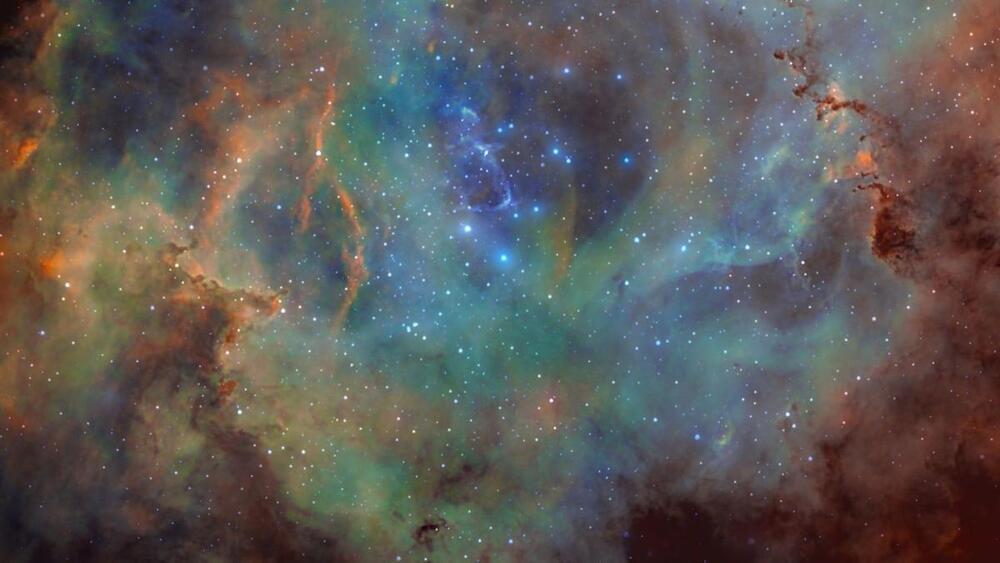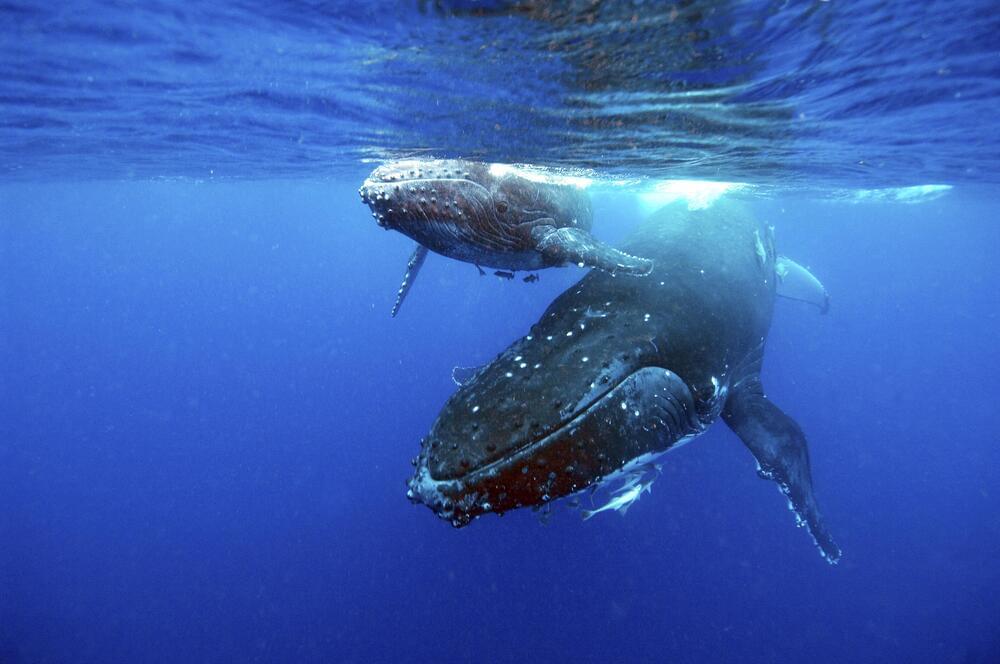Join the discussion on this paper page.


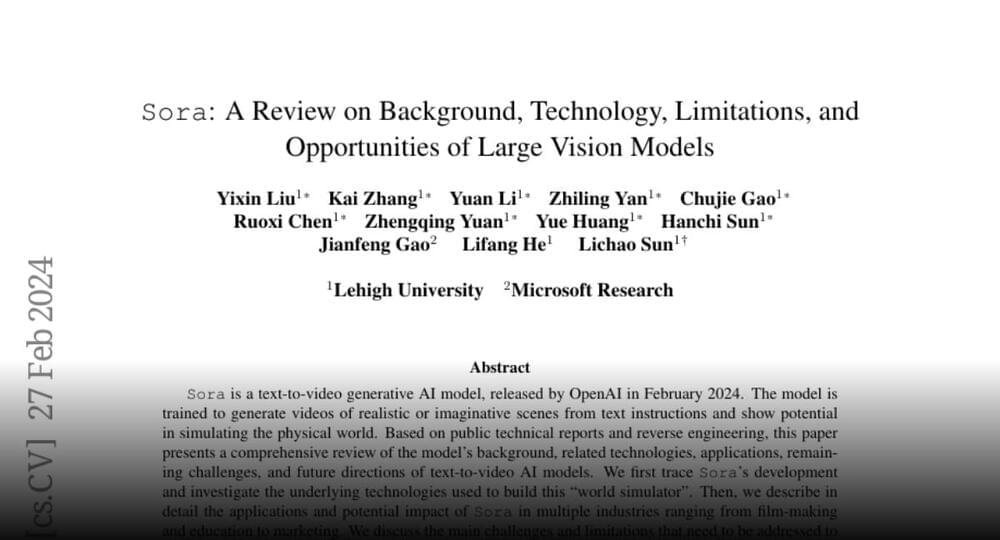


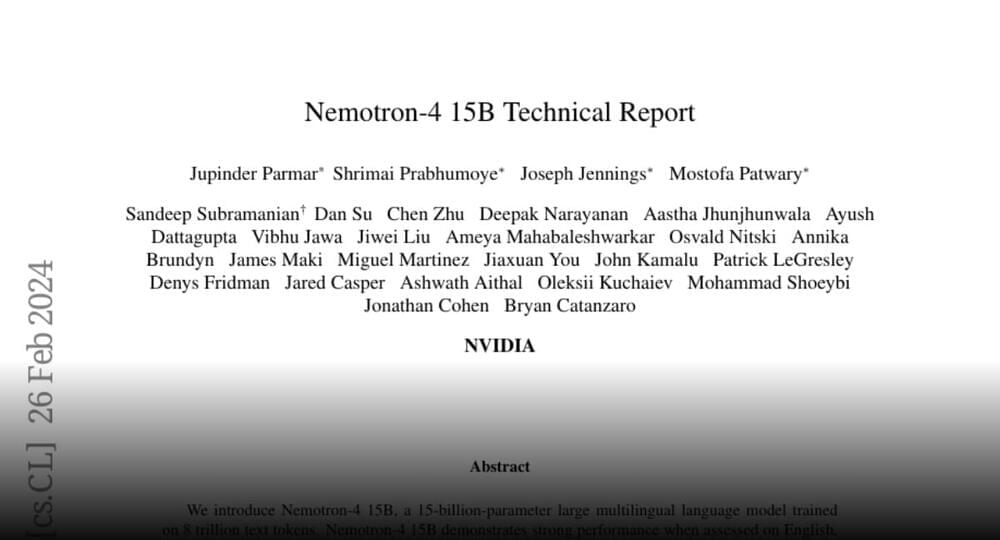
Nvidia announces Nemotron-4 15B https://huggingface.co/papers/2402.16819 introduce Nemotron-4 15B, a 15-billion-parameter large multilingual language model trained on 8 trillion text tokens.
Join the discussion on this paper page.
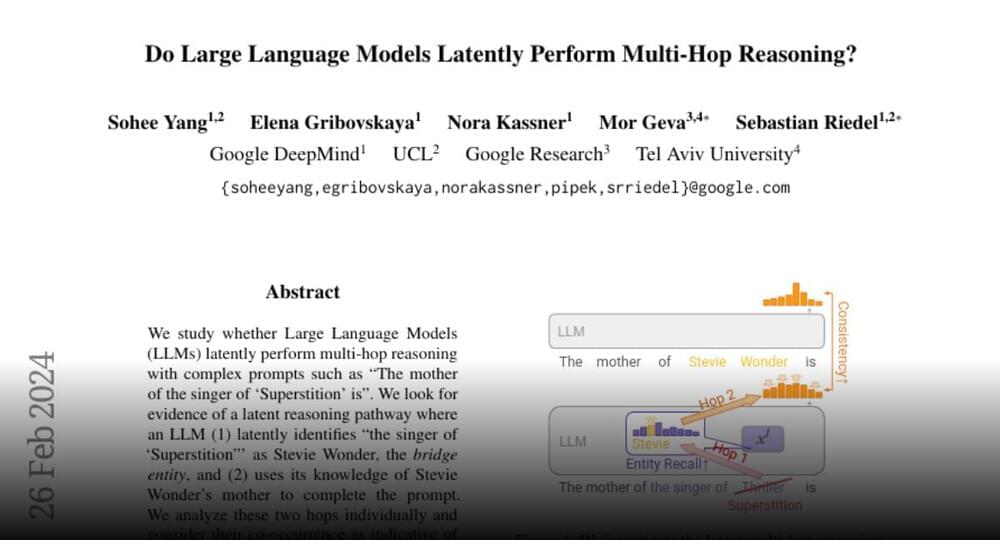

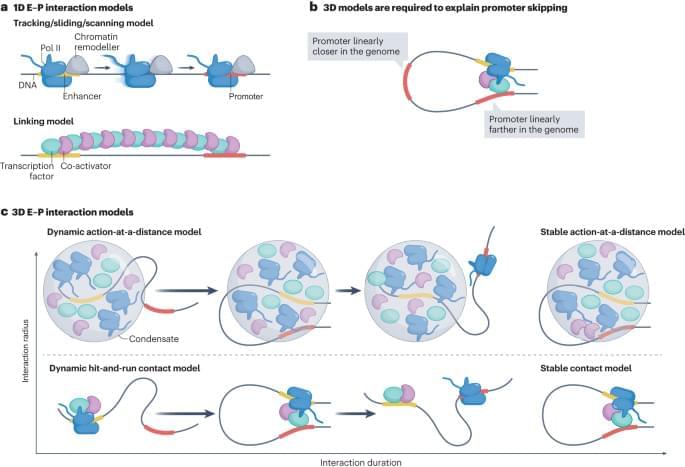
Gene regulation in animals depends chiefly on enhancers, yet the underlying mechanisms are poorly understood. This Review discusses enhancer–promoter interactions and transcription activation, focusing on how enhancer–promoter selectivity is achieved and on recent technical advances that may provide new insights into transcription activation.
